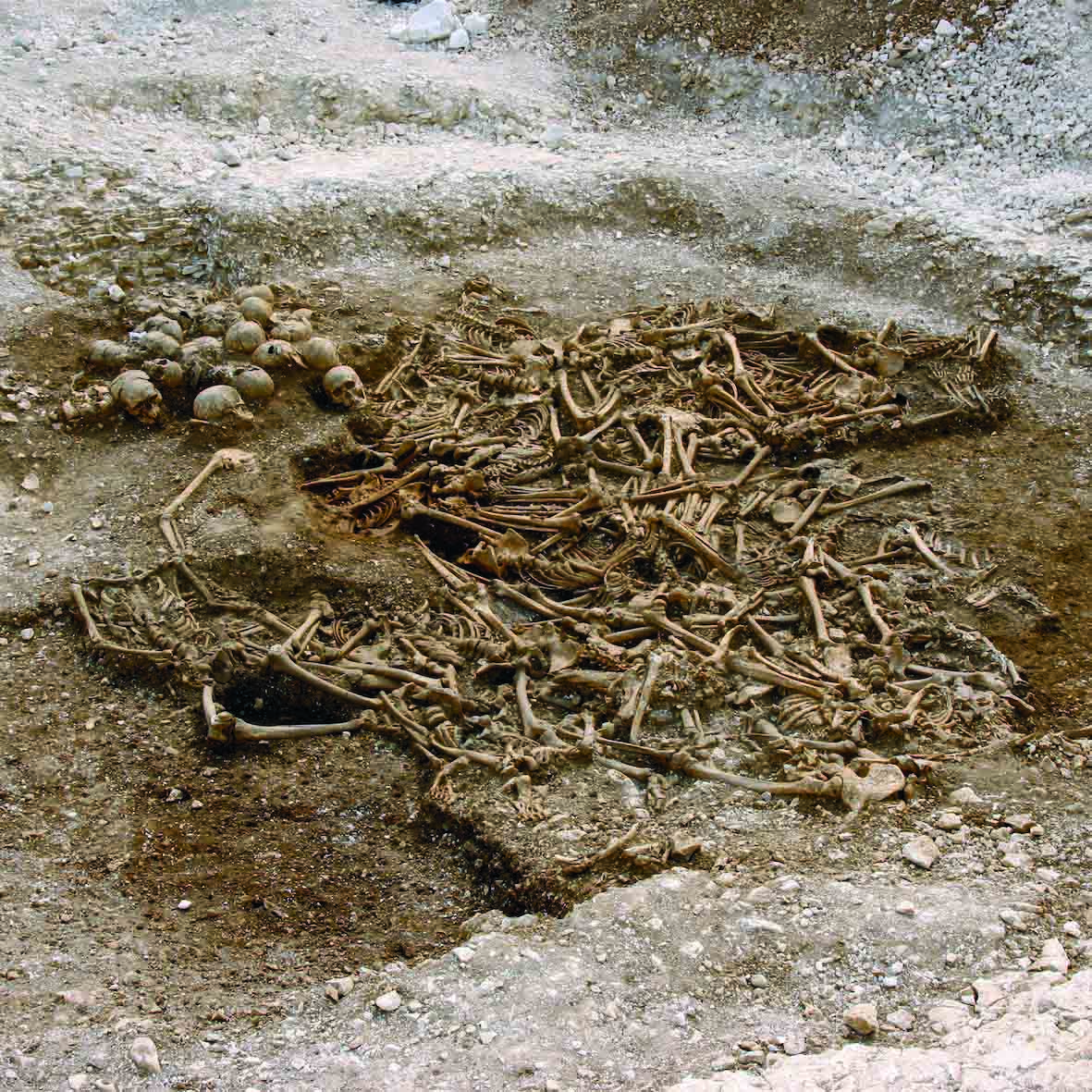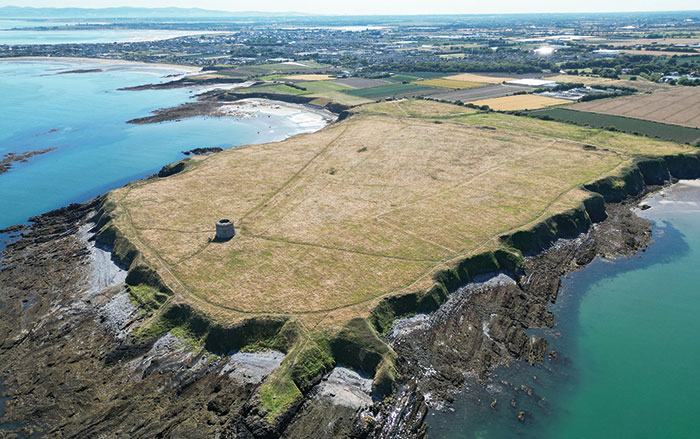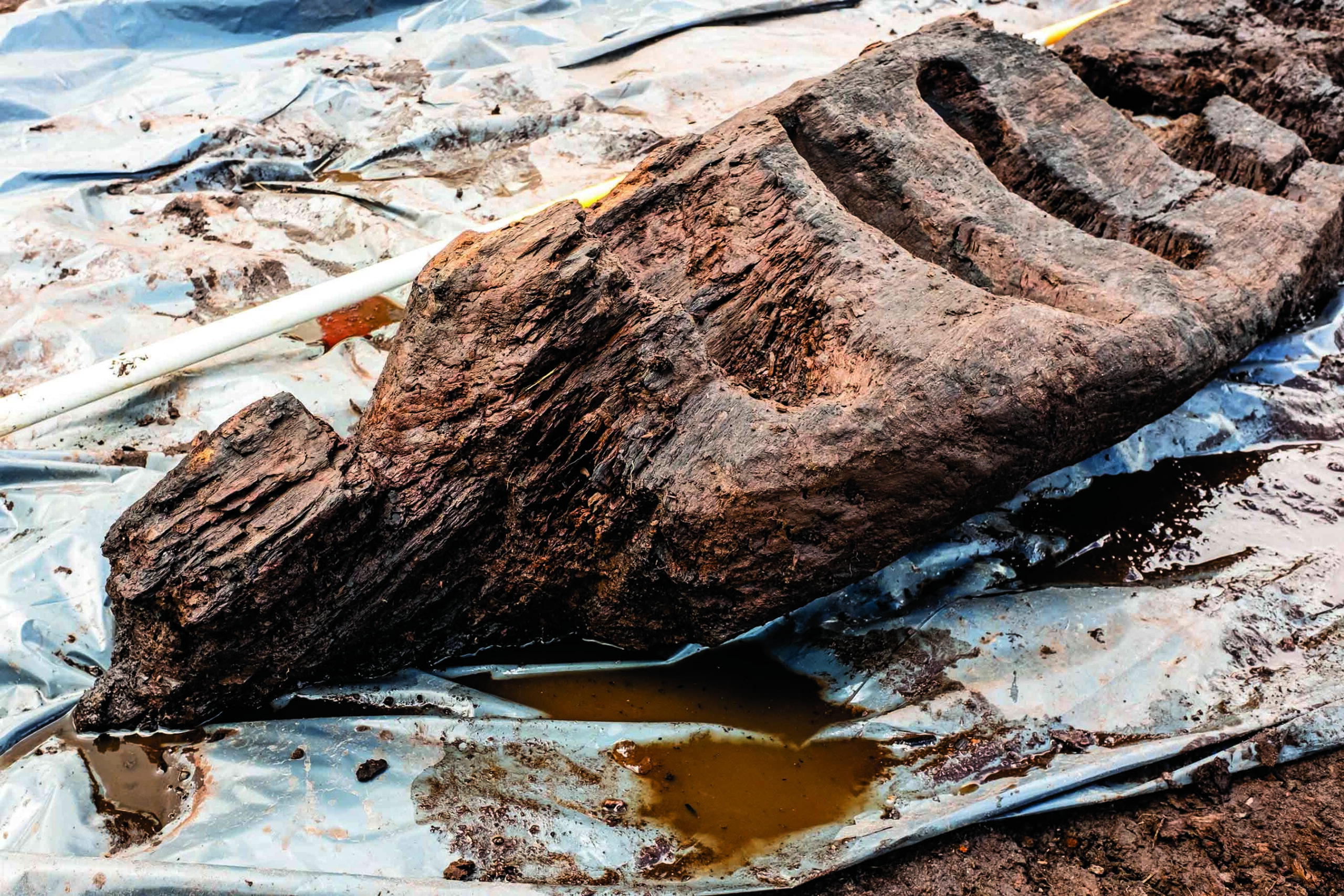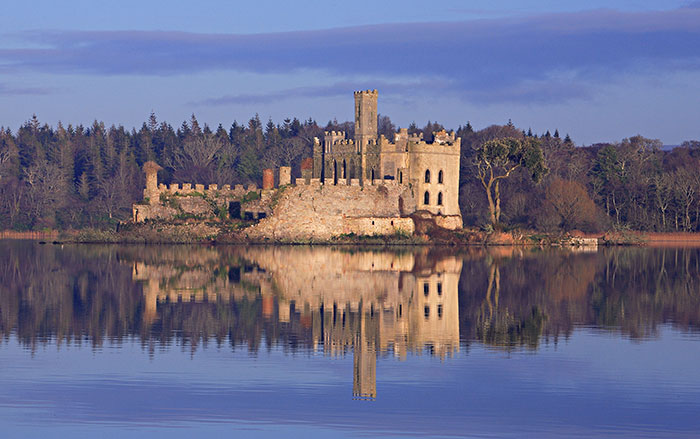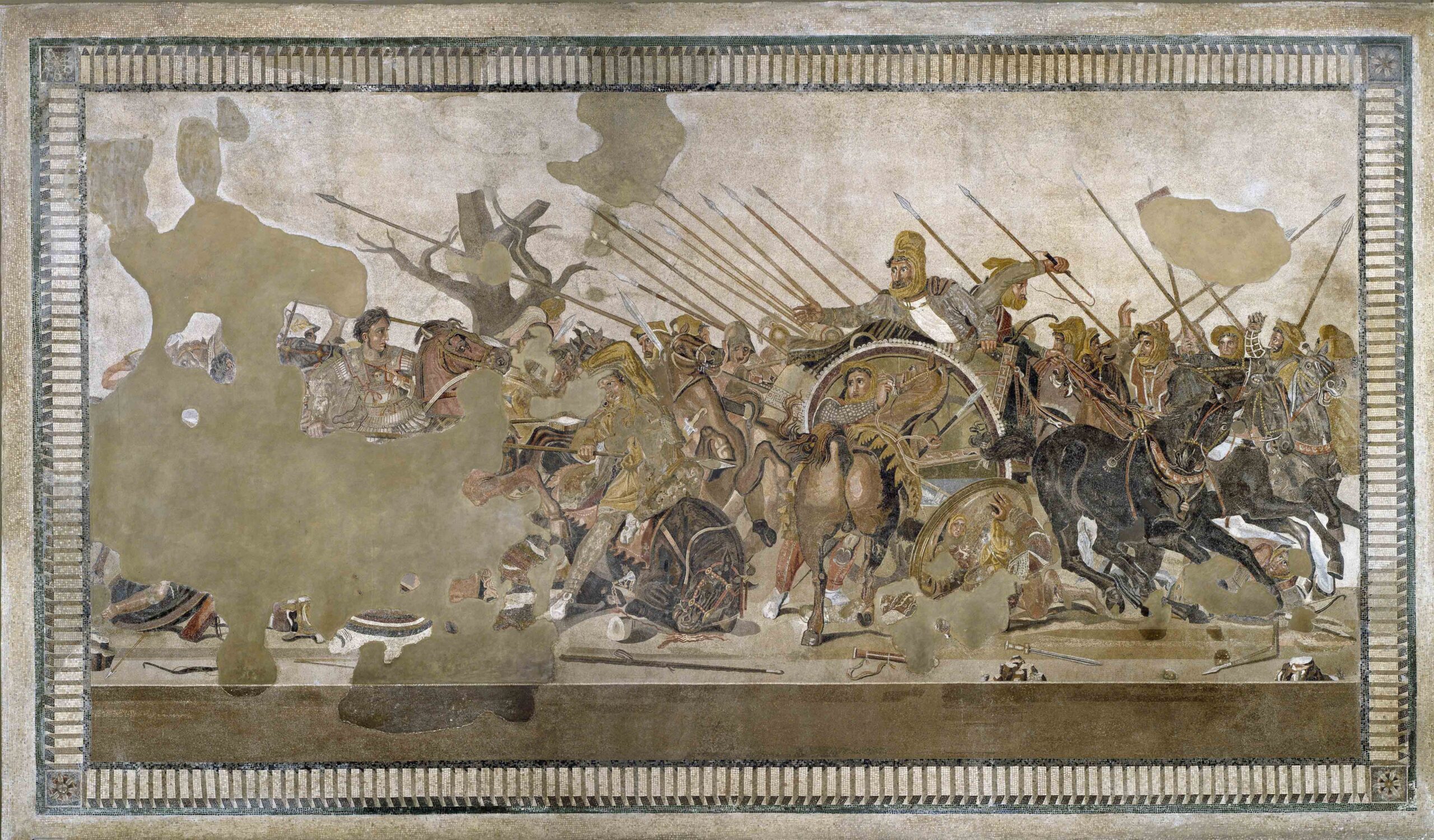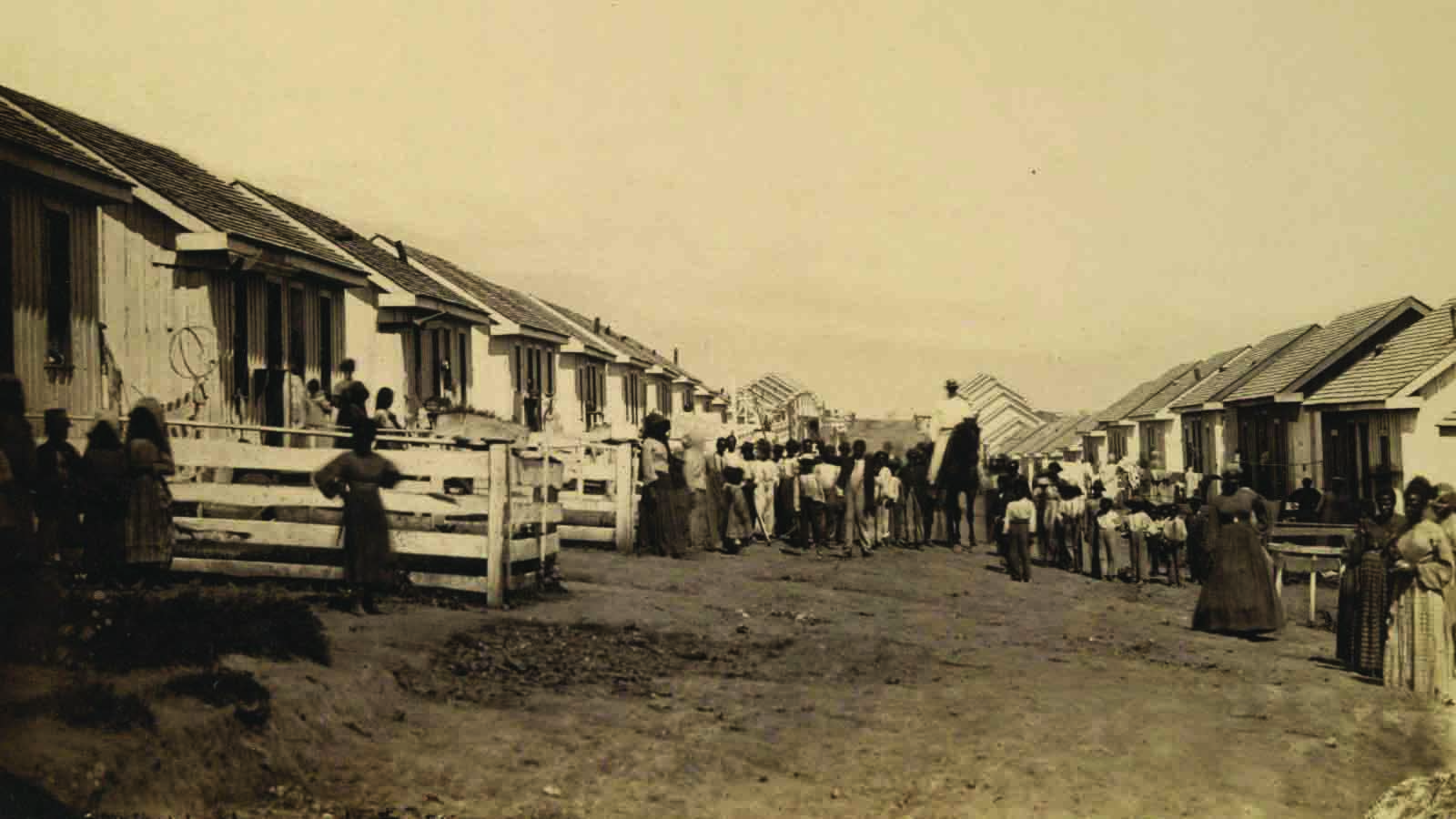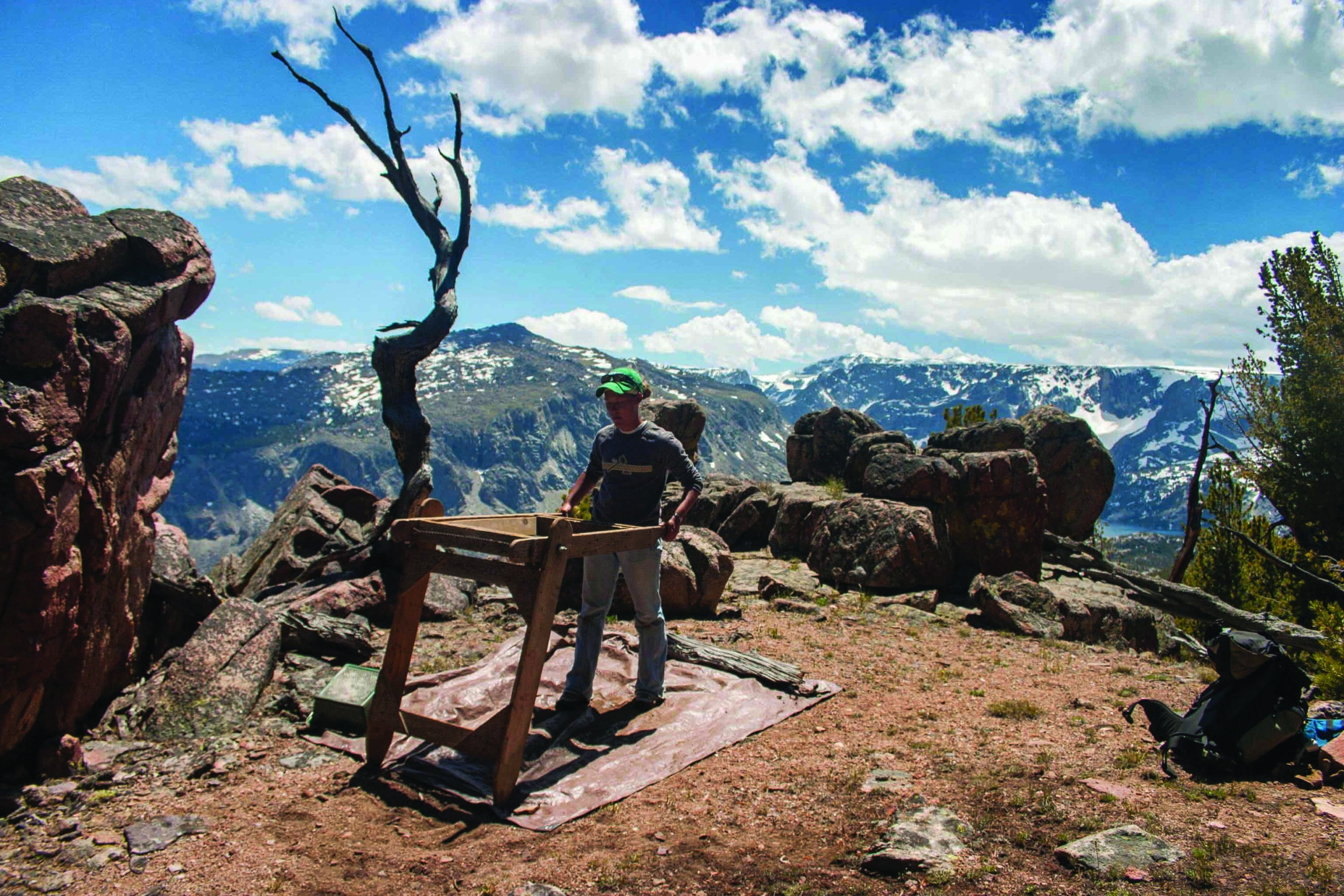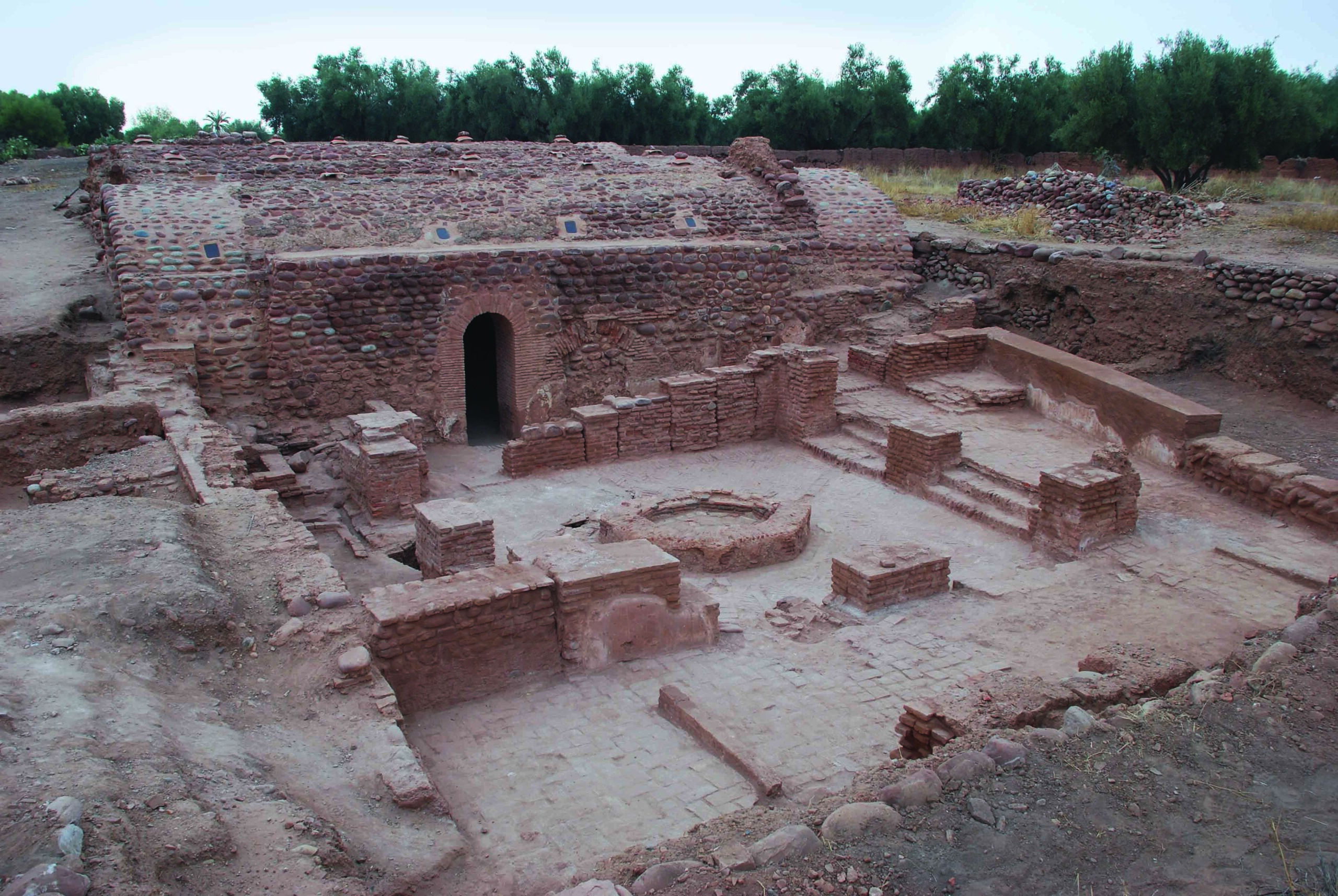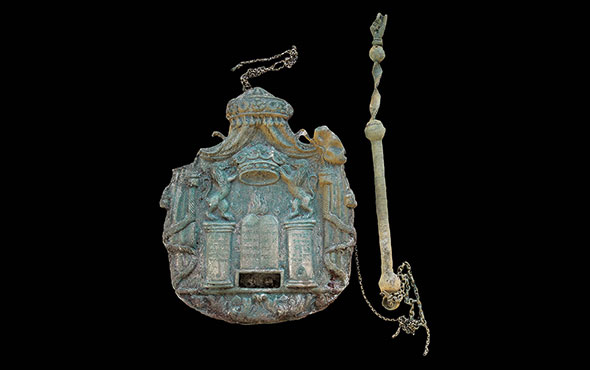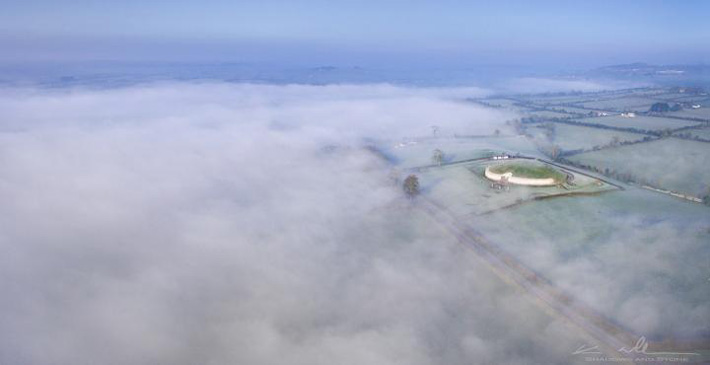
DUBLIN, IRELAND—Science News reports that geneticists Lara Cassidy and Daniel Bradley of Trinity College Dublin and their colleagues analyzed the genomes of 44 individuals who were buried in tombs and graves in Ireland between about 6,600 and 4,500 years ago. They found that a man who was buried some 5,200 years ago in eastern Ireland’s Newgrange passage tomb, the largest of the structures in the study, carried a large number of identical versions of the same genes, indicating he was the son of either a brother and sister or a parent and child. This evidence of incest could be a sign that the society was ruled by an extreme hierarchy that sanctioned royal inbreeding, Cassidy explained. The study also revealed that the man buried in Newgrange passage tomb was related to individuals buried in other passage tombs in northwestern Ireland’s County Sligo. Cassidy said that members of this powerful extended kin-group were interred in elite burial sites in Ireland for at least 500 years. To read about the origins of Halloween in the Boyne Valley, where Newgrange and other passage tombs are located, go to "Samhain Revival."


